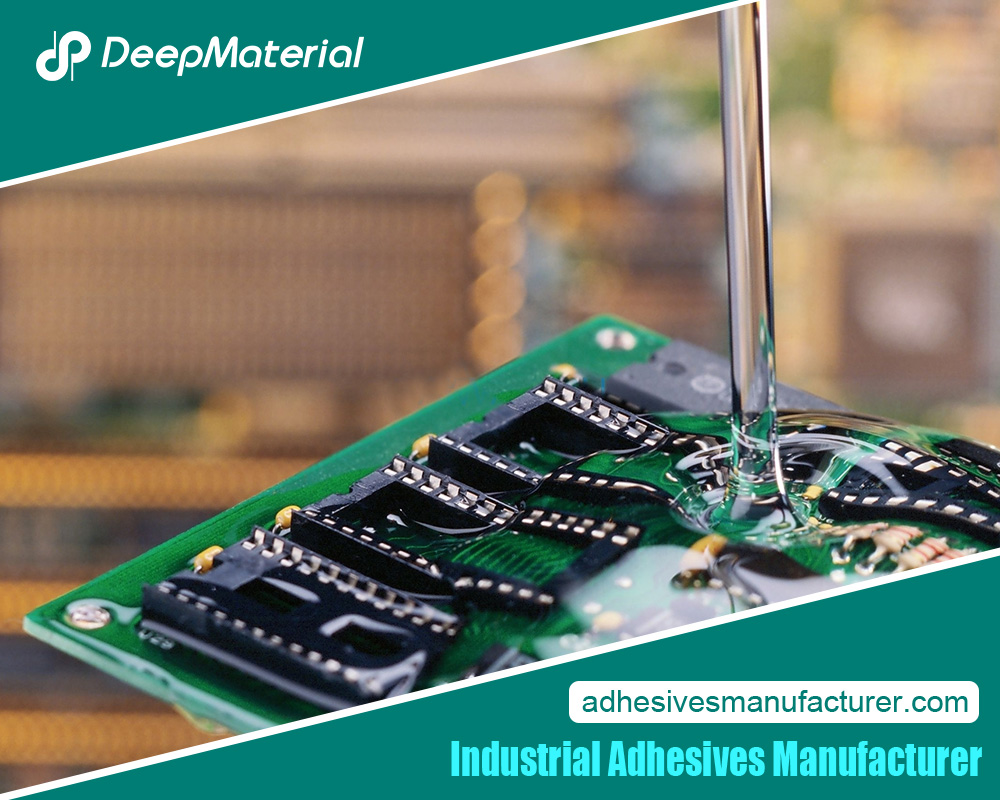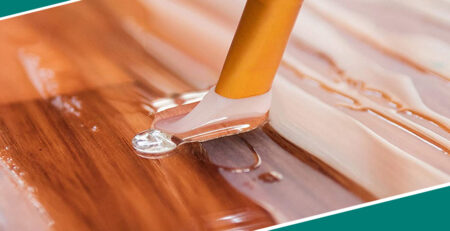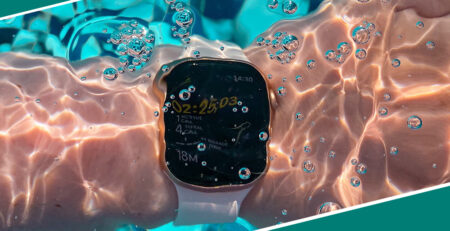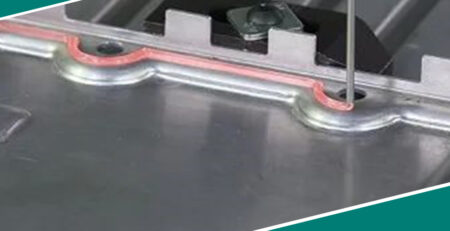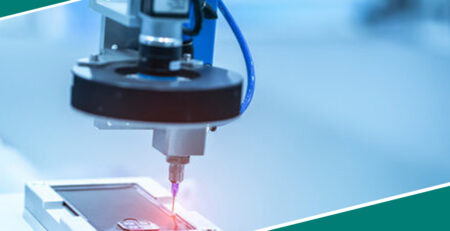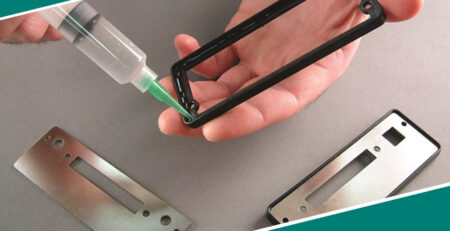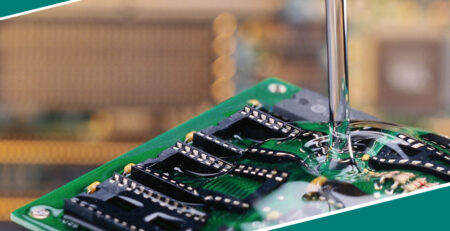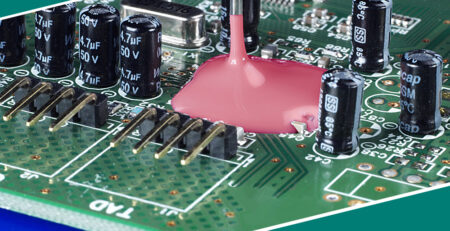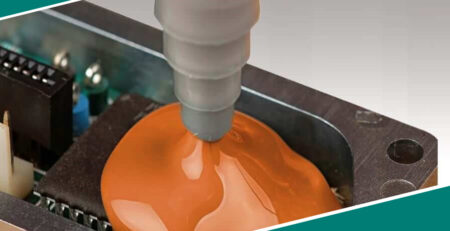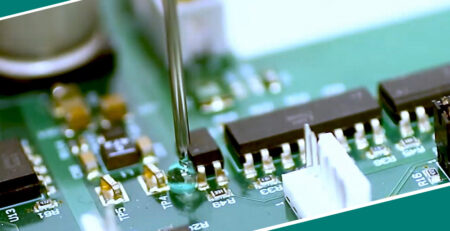Common types of potting material for electronic components
Common types of potting material for electronic components
Electronics manufacturing and protective gear go hand in hand. Potting material for electronic components has proven to be the best protective measure that can safeguard electric components from internal electrical connections, mechanical stress, and challenging environmental factors. Potting material for electronic components encapsulates the electronic components in a safeguarding shield to ensure they perform optimally and reliably.
When it comes to posting material, there are plenty of options available. Each potting material is formulated differently and suits specific applications. To give you a comprehensive overview of all potting materials, I have dedicated this article to a list of all potting compounds, their unique characteristics, advantages, and applicability.
Epoxy Resins: One of the widely used and famous potting materials for electronic components is epoxy resin. It is known for its mechanical strength, unparalleled adhesion, and resistance to harmful chemicals. Epoxy resins are formulated by mixing resins and hardeners in a specified proportion. This proportion can be altered to create different formations which allow for versatile applications. You can also add various additives, fillers, curing agents, and modifies to formulate them with specific properties that you need for special applications such as flame retardancy, thermal conductivity, and additional flexibility. These thermosetting polymers form a strong and rigid bond. Their durable safeguarding shield offers exceptional resistance against mechanical stress, chemicals, and moisture. They showcase high thermal stability and dielectric strength which makes them ideal for application in aerospace, automotive, and industrial electronics.
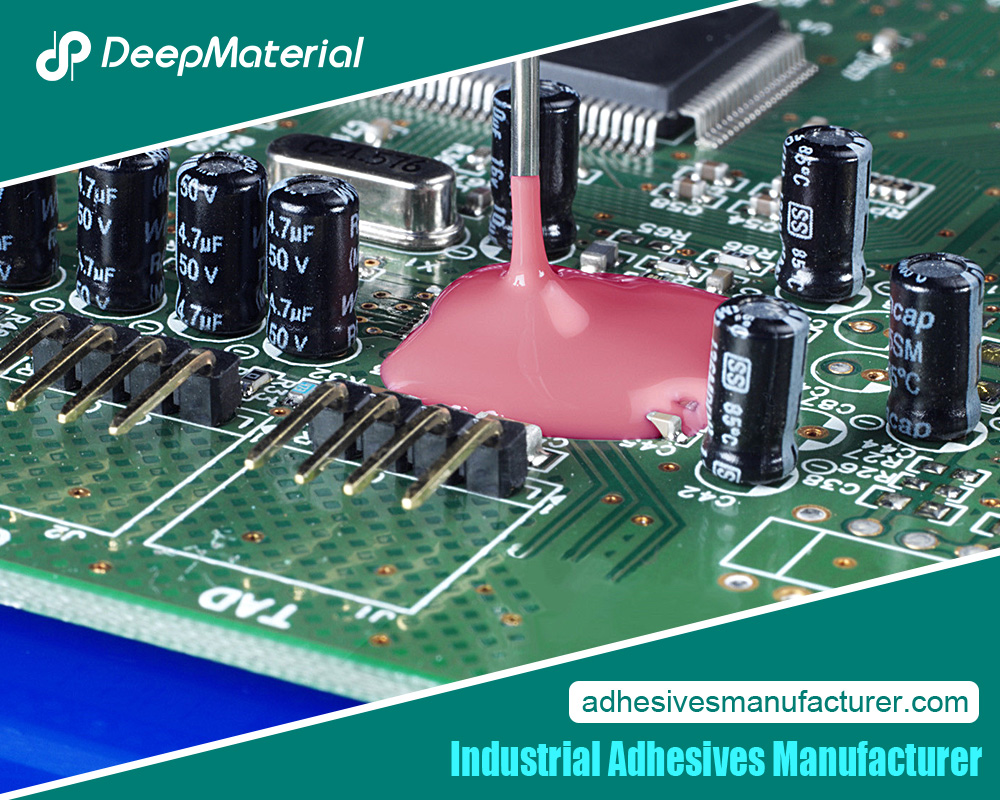
Silicone Elastomers: Also known as silicone rubber, silicone elastomers are famous for exceptional flexibility, moisture resistance, resistance to UV radiation, thermal stability, and temperature variations. The specialty of this potting material is that it can maintain adhesion at a wide range of temperatures ranging from as low as -50°C to 200°C or even higher. This quality makes them ideal for applications where temperature extremes are common. In addition, these elastomers also show low shrinkage and great electrical insulation properties when they are cured which makes them great for high-voltage applications. In addition, these elastomers can be formulated into various types depending on their usage such as heat-cured materials and RTV (room-temperature vulcanizing). Such formations make these potting compounds even more flexible in application and processing while keeping the adhesion reliable.
Polyurethane resins: These resins are preferred for their adhesion with multiple substrates, flexibility, and high impact resistance. They are thermosetting polymers in nature and can form an elastomeric, flexible encapsulation around electrical components that is strong enough to bear vibrations, thermal cycling, and mechanical stress. In addition, these polymers show great resistance to UV radiation, harmful chemicals, and moisture which makes them perfect for application in rugged environments and outdoors. They can be formulated in various hardness levels from soft to flexible to match the customized requirements of the application. These resins are mostly used in encapsulating connectors, circuit boards, and sensors in marine, automotive, and industrial electronics.
Polyolefin compounds: Also known as polypropylene and including polyethylene, these compounds are known for their chemical resistance, ease of processing, and cost-effectiveness. They show great electrical insulation along with high resistance against chemicals, moisture, and environmental degradation. They can be formulated to enhance their properties further by adding UV stabilizers, flame retardants, and fillers. These compounds are widely used in lighting fixtures, appliances, and consumer electronics where cost-effectiveness is critical.
Acrylic resins: Acrylic resins are famous for their exceptional adhesion, quick curing, and thermal stability. They are also known as acrylic adhesives or acrylic polymers. They are thermosetting polymers in nature and can create a transparent yet rigid encapsulation around electrical components. Its encapsulation is highly resistant to chemicals, moisture, and thermal cycling. These resins are widely used in applications where optical clarity, quick curing, and rapid prototyping are critical such as electronic displays, LED lighting, and power supplies.
Polyamide Resins: Also commonly known as Nylon, these resins are thermoplasters in nature which implies that you need to provide heat to melt them and shape them as potting compounds. They solidify once they naturally cool down. They are famous for their chemical resistance, tough encapsulation, and extremely high strength. The most amazing feature of these resins is that they can be formulated into various types such as aromatic and aliphatic. Each type has its unique characteristics which make it ideal for multiple applications. These resins can be bonded with various substrates including plastics, ceramics and metals which makes them useful for diverse applications. They are mostly used in electrical connectors, automotive sensors, and industrial controls where it is critical to have a potting agent that is chemical resistant, reliable, and durable.
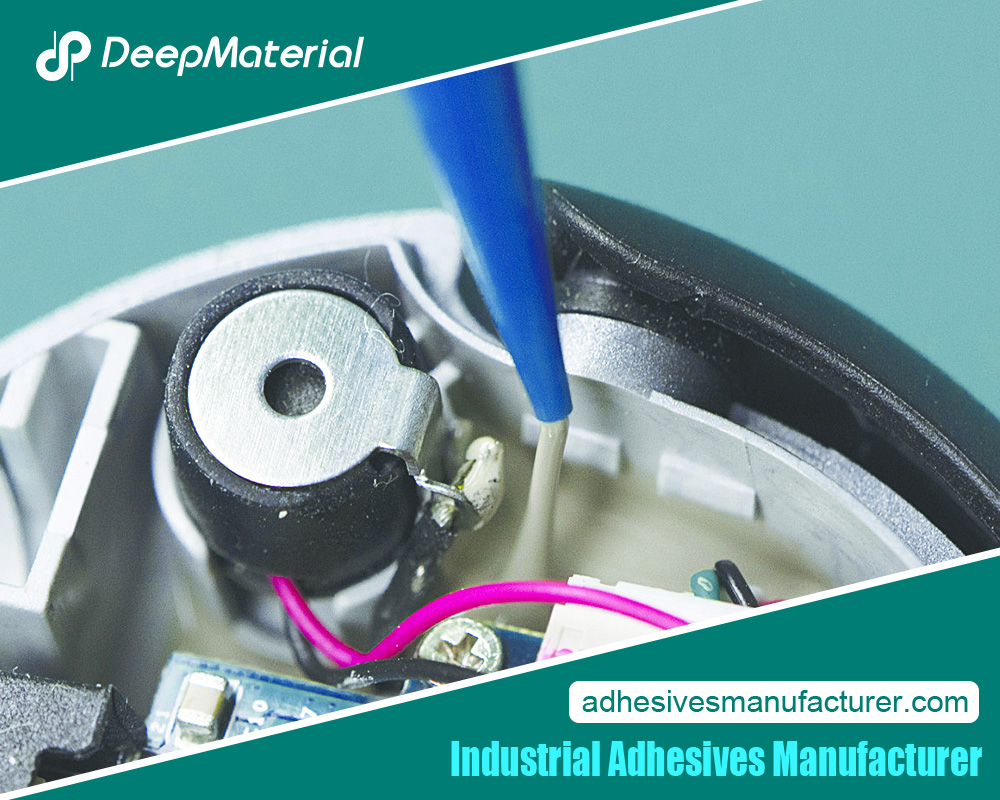
Fluoropolymers: Fluoropolymers include various formations of potting materials including fluorinated ethylene propylene (FEP), polytetrafluoroethylene (PTFE), and perfluoroalkoxy (PFA). Along with thermal stability and chemical resistance, these polymers are known for their unique non-stick properties. They also show resistance to other harmful factors such as chemicals, moisture, and extreme temperature variations making them great for such electronic applications where such qualities are required. Fluoropolymers create non-reaction and inert shields around electronic components that extend protection against thermal degradation, hazardous chemicals, and corrosive factors. These polymers are typically used in applications where resistance to high temperatures and aggressive chemicals is required such as in the aerospace industry, semiconductor manufacturing units, and chemical processing
UV curable resins: these resins are specially formulated to cure when they come in contact with UV radiation. They are famous by many other names as well including UV curing adhesive and UV curable polymers. They cure immediately when exposed to UV rays and offer extremely fast cure times. They are ideal for applications where quick cure times and speedy processes are critical such as in automated production environments. UV curable resin creates a strong, rigid, and transparent shield outside the electric components. It offers exceptional adhesion, optical clarity (as it is transparent), and chemical resistance. They are commonly used in applications where quick cure times, minimal heat generation, and low shrinkage are required such as in lens encapsulation, optical bonding, and display assemblies.
For more about the common types of potting material for electronic components, you can pay a visit to Deepmaterial at https://www.adhesivesmanufacturer.com/ for more info.

